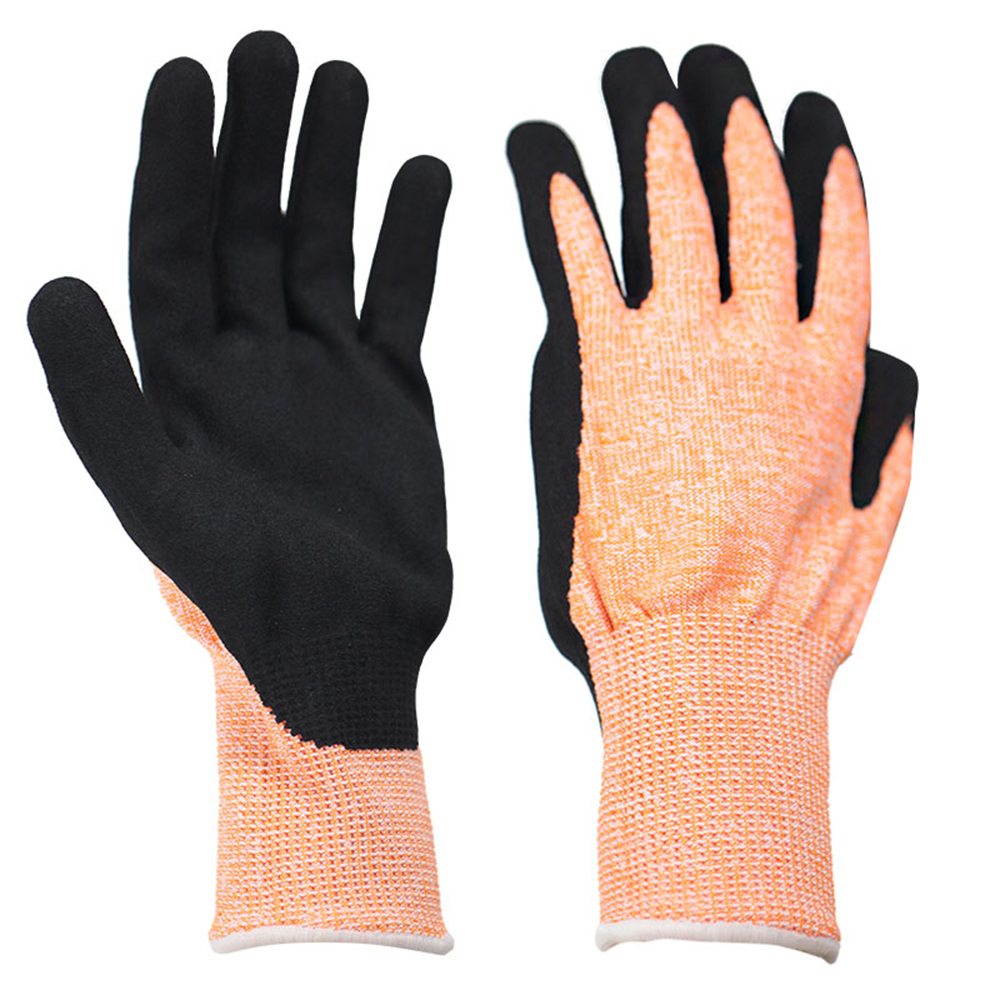Cut-resistant technology is advancing rapidly.This includes new developments that allow for easier and more cost-effective
Cut Resistant Gloves fabrics. These include DSX dip technology which offers the best grip on both wet and oily surfaces.The newest ANSI/ISEA 105 standard contains new classification levels. These levels will help users make the right choices. They will be able to select the best safety glove for their particular application.Designed to protect your hands from cuts, punctures and pinching, cut resistant gloves are commonly available. They are made from solid rubber and have durable outer shells. These gloves are also good for material handling.When shopping for cut resistant gloves, always refer to the manufacturer's spec sheet. You may find a few different options, but most will provide an ANSI or ISO rating. These ratings should be the first things you look for when comparing products.
Dipped nitrile thickened coating cut-resistant gloves
Dipped nitrile thickened coating cut-resistant gloves made of high performance cut resistant material HPPE with micro-foamed nitrile coating compatible with light oil for excellent abrasion resistance, excellent puncture resistance and excellent wet/dry grip ground force. Ultra-thin design provides absolute breathability and waterproof performance.
However, keep in mind that the standards are not retrospective. They apply to new products. So, if you want to make an informed decision about which gloves to buy, check out the spec sheets and ask your suppliers for updated test data.Using Coup Test results for cut resistant gloves can be a bit tricky, as this test is quite different from other cut protection tests. However, with a little understanding, it is possible to identify the most important information from a Coup Test result.First, let's look at the actual process. The test is performed by passing a sharp knife over the material. This results in a measurement of how much force the blade needs to tear through the glove.In order to do this, a machine called a tomodynamometer pulls the knife across 20mm paths on the surface of the glove. A score is then calculated based on the number of times the blade needs to be pulled. A higher number indicates better protection.Performing an abrasion resistance test on a cut resistant glove can provide useful information about its cut and puncture resistance. The number of rubs it endures against abrasive paper correlates to its cut and puncture resistance level.A number between one and four indicates the protection level of the glove.
The first letter relates to cut protection and the last to impact protection. The highest number indicates the best protection.An abrasion resistance test is conducted using a machine. A metal stylus is poked into the glove material and a specified amount of pressure is applied. The machine then abrades the glove until a hole appears in the material. It is then subjected to the same test four times. The lowest value selected from the four samples is then used for classification.Despite the fact that the old standard was not accurate, many protective gloves still bear labels that follow this standard. However, the standard has been substantially overhauled in the last six years. Its cut-resistant performance has been greatly improved. In addition to the cut-resistant tests, an optional impact test has been added to the standard.The tear resistance test measures the force needed to tear the material of a glove.
The force is measured on a scale between 0-4. The higher the number, the better the tear resistance of a glove.The cut test is performed by using a straight blade or a circular blade. The resulting cut level is reported in grams of weight applied to the sample.ANSI ratings for cut resistant gloves are designed to show the performance level of a particular glove. Although this rating may differ from product to product, a higher rated glove will provide better cut resistance. Moreover, an ANSI score may also be a useful guide to choosing the right glove for your job.Despite the fact that there are a number of different methods for measuring the performance of a cut resistant glove, the American National Standards Institute (ANSI) has chosen to standardize its methods. This helps ensure that all gloves receive a similar test.The ANSI/ISEA 105 standard was released in 2016. The test measures the amount of dissipating impact from the fingers and knuckles. The test is done with a machine called a PIP, which prints the rating on the back of the glove.